Fought near the Midway Island in the Pacific Ocean, the Battle of Midway was one of the most important battles in World War II and is considered a turning point in the Pacific War between the United States and Japan. Aided by U.S. intelligence breaking the Japanese code, the United States Navy handed a crushing defeat to the attacking Imperial Japanese Navy and destroyed all the four large Japanese aircraft carriers which were involved in the battle. Know about the causes, events, outcome, casualties and significance of the Battle of Midway through these 10 interesting facts.
#1 YAMAMOTO PLANNED THE ATTACK TO DESTROY AMERICAN AIRCRAFT CARRIERS
Battle of Midway was planned by Isoroku Yamamoto; the principal architect of the attack on Pearl Harbor and commander-in-chief of the Combined Fleet of the Imperial Japanese Navy. Yamamoto’s primary strategic goal behind the attack was to destroy American aircraft carriers, which had escaped destruction during the Pearl Harbor attack and which he considered the main threat to Japan’s Pacific campaign. This concern was intensified by the Doolittle Raid or the Tokyo Raid, which was the first air raid to strike Mainland Japan and which was launched from U.S. Navy’s aircraft carrier USS Hornet.
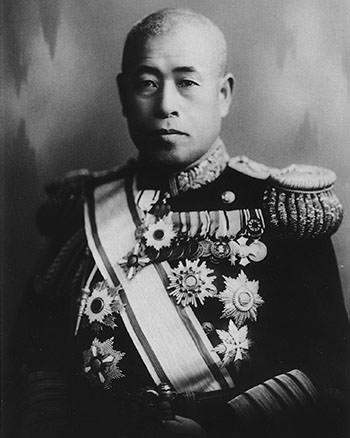
#2 MIDWAY ISLAND WAS CHOSEN DUE TO ITS IMPORTANCE TO U.S.
Another attack on Pearl Harbor was considered too perilous by Yamamoto due to the increased strength of land-based air power of U.S. on the Hawaiian Islands. Midway Atoll or Midway Island is one of United States Minor Outlying Islands. It was chosen as the point of attack as it fell outside the effective range of nearly all American aircraft stationed on the main Hawaiian Islands. Also, Yamamoto knew that Midway was important to America as it was a vital outpost of Pearl Harbor. America would thus be compelled to defend it giving Japan an opportunity to crush their fleet when it would be drawn out.
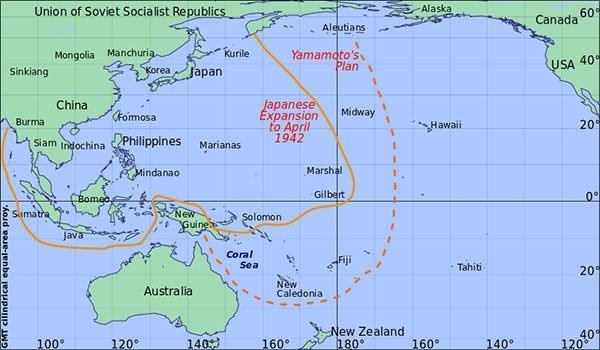
#3 CODE BREAKING BY U.S. INTELLIGENCE PLAYED A CRITICAL ROLE IN THE BATTLE
Yamamoto chalked a meticulous plan to attack Midway requiring co-ordination of battle groups over hundreds of miles of open sea. He wanted to lure the U.S. fleet into a fatally compromising position by not letting them gauge the true strength of the Japanese fleet. However Japan didn’t know that U.S. had broken the main Japanese naval code, called JN-25b in America. This led to Admiral Chester W. Nimitz, the commander-in-chief of the U.S. Pacific Fleet, to know the exact Japanese plan including a good idea of when, where and in what strength they would attack. Code breaking by U.S. Navy’s intelligence unit in Hawaii, known as Station HYPO, played a critical role in determining the outcome of the battle.
#4 THE AMERICAN PACIFIC FLEET WAS LED BY CHESTER W. NIMITZ
Expecting an attack of around four to five Japanese aircraft carriers, Admiral Chester W. Nimitz began to assemble as many resources as he could. He already had the task force of two aircraft carriers, Enterprise and Hornet. He hurriedly recalled Rear Admiral Frank Jack Fletcher’s task force, including the carrier USS Yorktown. Yorktown had been so severely damaged in a previous battle that the Japanese thought it had been lost. Yorktown was made battle ready and played an important role in the battle.
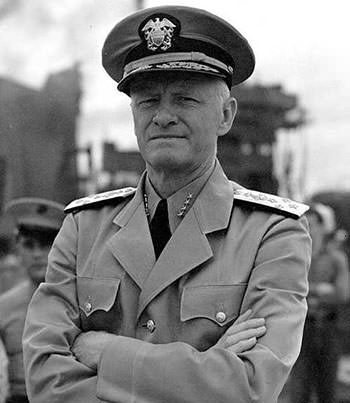
#5 BATTLE OF MIDWAY SHIFTED IN FAVOR OF U.S. AFTER 3 JAPANESE CARRIERS WERE SUNK
The Battle of Midway began on June 3, 1942 with U.S. bomber aircraft, launched from Midway, attacking the Japanese carriers. The initial U.S. attack was ineffective, inflicting no significant damage. At 4:30 the next morning, Japan launched its attack on Midway. Japanese aircraft were able to bomb and heavily damage the U.S. base. However the attack didn’t succeed in neutralizing Midway. The three carriers of the U.S. fleet, Enterprise, Hornet and Yorktown, then launched aircraft against the Japanese fleet. The U.S. dive bombers sank three out of the four large Japanese aircraft carriers, Akagi, Kaga and Soryu.

#6 JAPAN LOST ALL FOUR OF ITS LARGE AIRCRAFT CARRIERS INVOLVED IN THE BATTLE
Hiryu, the only surviving Japanese aircraft carrier in the battle, counterattacked after the U.S. strikes and hit Yorktown, the first American carrier they encountered. Though Yorktown was repaired, a second wave of Japanese aircraft crippled it with two torpedoes. U.S. carrier Enterprise then launched a strike of 24 dive bombers against Hiryu hitting it with at least four bombs which ultimately led to it being sunk. Thus all four of Japan’s large aircraft carriers involved in the battle were sunk. All of them had been a part of the six-carrier force that had successfully attacked Pearl Harbor six months earlier.
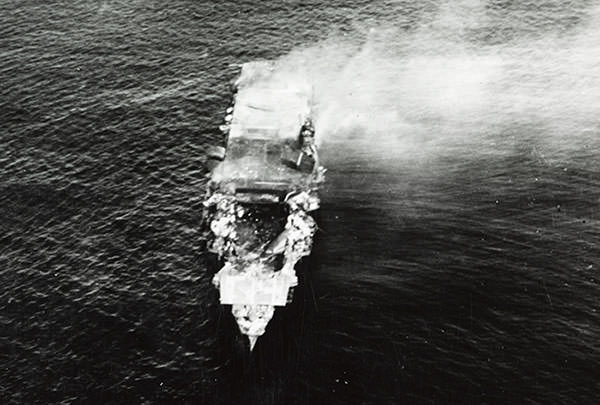
#7 ONLY U.S. AIRCRAFT CARRIER WHICH WAS DESTROYED WAS USS YORKTOWN
Japan had begun to retreat after the loss of its carriers without attempting to land on Midway. U.S. attempted to search and destroy the retrieving Japanese forces but its efforts were not successful. On June 6, Japanese submarine I-168, struck the recovering US carrier Yorktown with two torpedoes leading to its demise. It also fatally torpedoed American destroyer USS Hammann. The Battle of Midway lasted for four days and ended on 7th June, 1941.
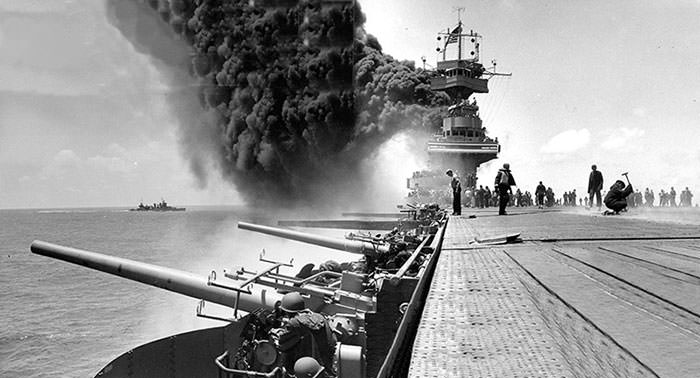
#8 JAPAN LOST MORE THAN 3000 MEN COMPARED TO AMERICA’S 300
The Japanese losses in the Battle of Midway included 4 aircraft carriers, 1 heavy cruiser and 248 aircraft. 3,057 Japanese were killed in the battle while 37 were captured. U.S. losses were comparatively very less. They lost 1 aircraft carrier, 1 destroyer and around 150 aircraft. 307 Americans were killed in the battle while 3 were captured and put to death. The purpose of Japan’s attack was thus completely defeated and it also had to suffer heavy losses. The battle was a major victory for the Allied forces.
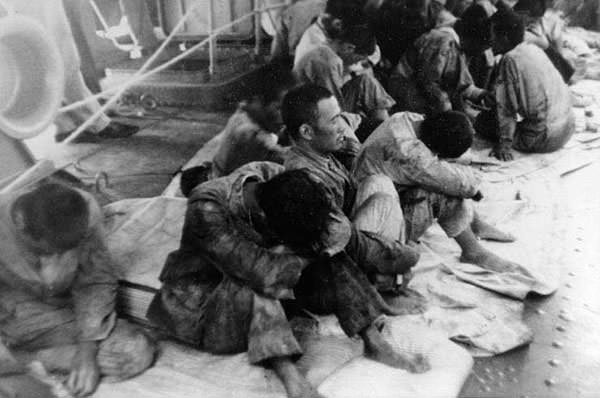
#9 BATTLE OF MIDWAY IS CONSIDERED THE TURNING POINT OF THE WAR IN THE PACIFIC
The Battle of Midway is considered the turning point in the Pacific War ending Japan’s dominance and initiating the rise of the United States. It brought the Pacific naval forces of Japan and U.S. to approximate parity and inflicted irreparable damage on the Japanese fleet including heavy losses in veteran aircrew, and trained aircraft mechanics and technicians. Battle of Midway was the first major naval victory of the Allied forces against Japan. It has been called “the most stunning and decisive blow in the history of naval warfare” by British military historian John Keegan.
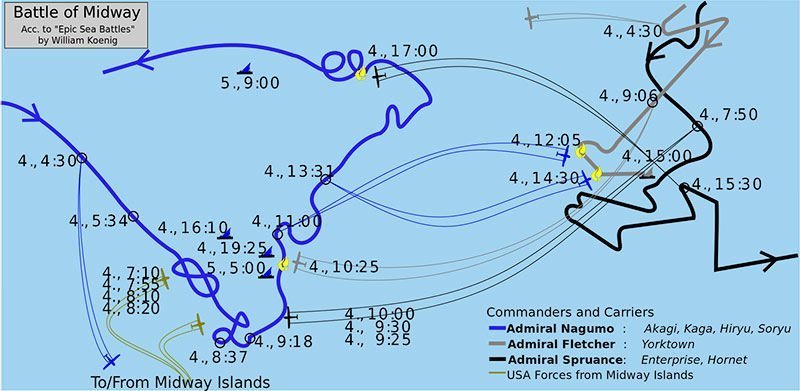
#10 JAPAN DIDN’T USE ITS TWO MOST ADVANCED CARRIERS IN THE BATTLE
While the American success at the Battle of Midway is primarily credited to intelligence, there are several reasons which are cited for Japan’s defeat. Firstly, Japan’s two most advanced aircraft carriers, Shokaku and Zuikaku, were not available for battle. Secondly, they had no knowledge of American carriers immediately before the battle. Also, for some reason they had stopped or reduced production of their two main carrier-borne strike aircraft which led to mostly inferior aircraft being used in the battle. Lastly, when the U.S. planes attacked, the Japanese carriers were unlucky as they were caught in a vulnerable position while refueling and rearming their planes.
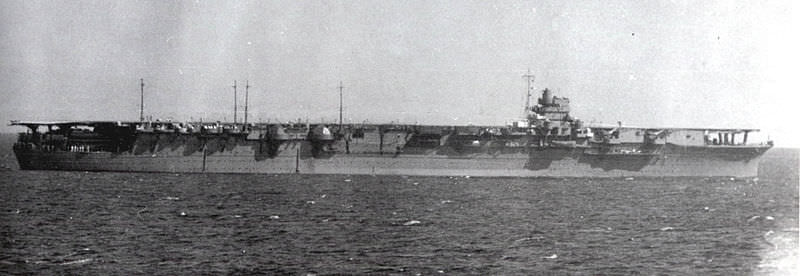
LEADERS AND COMMANDERS INVOLVED IN THE BATTLE OF MIDWAY
Isoroku Yamamoto was the commander-in-chief of the Combined Fleet of the Imperial Japanese Navy and the principal architect of the Battle of Midway. The corresponding person to Yamamoto in the US Pacific Fleet was Chester W. Nimitz. Vice Admiral Chuichi Nagumo of Japan was in command of their aircraft carrier force which saw action in battle while Admiral Nobutake Kondo commanded the Midway Occupation Force and Covering Group. Admiral Frank Jack Fletcher was the operational commander for U.S. with two task forces, TF 17 with USS Yorktown and TF 16 with USS Enterprise and USS Hornet. He was aided by Rear Admiral Raymond Spruance.

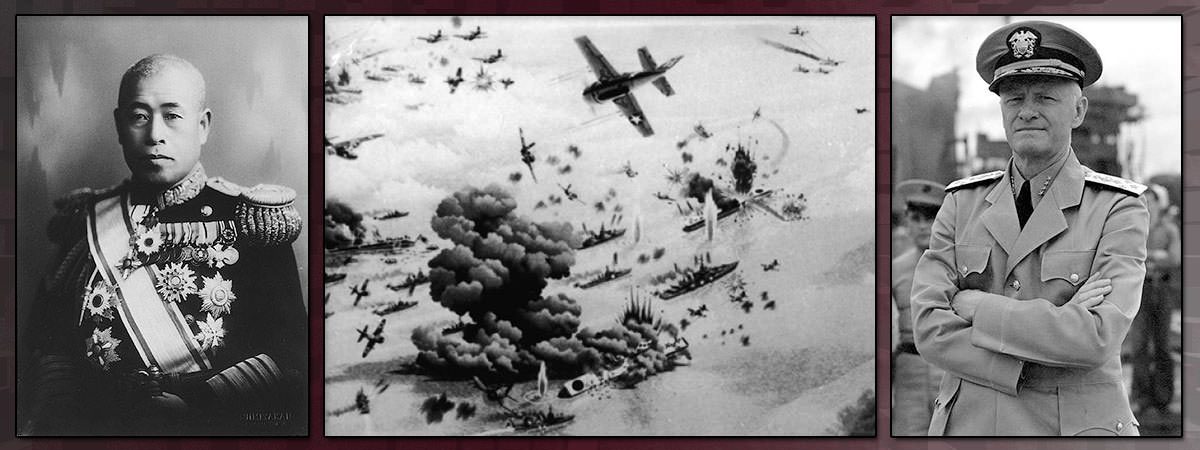
EXCELLENT INFO!!! My Dad was on the USS WASP (CV-7), in transit to the Pacific from the Atlantic during the Battle of Midway.
Thanks for your appreciation.
Good place to find facts about a project about this
This site was… how do I say it? Relevant!! Finally
I have found something that helped me. Appreciate it!
Tut-tut, Anirudh. The plural of aircraft is aircraft, not aircrafts. Also, it would be nice if you had told us how many ships were involved in the battle. The Japanese had 93 while the US had 38. It wouldn’t have hurt to note that the Yorktown was damaged in the Battle of the Coral Sea. I would give your story a grade of C.
Thanks for pointing out the error Steve. It has been corrected.